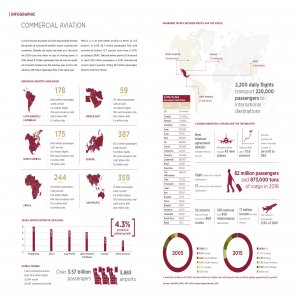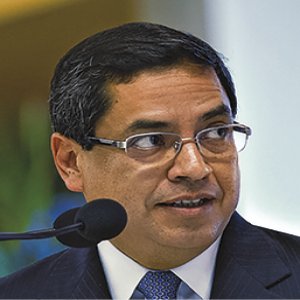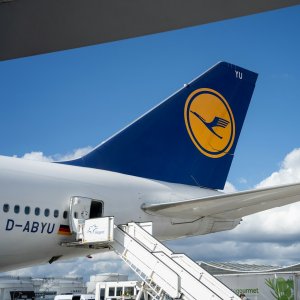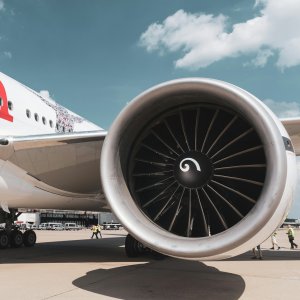Second Prototype for Mexican Jet on the Way

STORY INLINE POST
Mexican industry does not make complete airplanes, it simply supports the French, Brazilian, Canadian and US OEMs producing world-class aircraft. But these aircraft are not low-cost, so third-world markets are under-represented, says Raul Fernández, President of Oaxaca Aerospace. His company may be able to cater to countries on a budget, and realize FEMIA’s dream of a “Made in Mexico” aircraft.
The entrepreneurs behind Cinetransformer, a patented expandable trailer that transforms into a mobile cinema, were not satisfied with one invention. A family business focused on land-based solutions took to the skies with the opening of Oaxaca Aerospace, named after the state housing their Cinetransformer manufacturing. The unlikely aerospace inventors impressed the industry when they revealed their first prototype of a Mexican-made and designed trainer aircraft, the first of its kind.
Fernández led his team in creating an airplane that could be used for everything from surveillance to light-attack missions. The Pegasus 1 was created to put the engineer’s curiosity and scientific reasoning to the test. With a successful prototype in hand, Oaxaca Aerospace evolved the next version, with more G-force and better specifications and characteristics. “Our first prototype is going through testing, and our Pegasus 2 was designed to meet military standards, such as reaching 7G during flight,” says Fernández.
The second prototype was made to structurally withstand seven times the force of gravity and reach 550km/h. It will carry a twin-turbocharged engine, run with Jet A fuel, as well as a contingency turbine for emergencies. The Pegasus 2 is the model Fernández intends to market: “We will create several specs, and versions may include turboprops depending on what the client wants.”
The company did not launch into the aviation industry without forethought. General Manager Rodrigo Fernández told El Financiero that Raul Fernández, his father, is a true aviation fanatic. “He is not a pilot, he is an engineer, but he has always been involved in the aviation sector in one way or another.” The elder Fernández has communicated his vision to the Aeronautics University of Queretaro (UNAQ) and the National Polytechnic Institute (IPN), to convince them to be on hand to support with engineering, vision and hard work.
But how can a completely Mexican company compete with major aerospace companies to penetrate the aviation market? The Pegasus is, by design, fuel efficient and cheaper than the current trainer aircrafts available, making it a prospect for the Mexican Air Force. “A standard fighter might cost US$12 million but our goal is to commercialize the Pegasus at US$2.5 million,” says Fernández. The engine also burns fuel conservatively, using approximately 53-56L/h thanks to a composite fuselage and aluminum wings. Fuel efficiency could be traded for the speed a turboprop would offer, but Oaxaca Aerospace’s original mission statement was to produce something light and affordable for governments.
Fernández’ invention and drive paid off at FAMEX 2017, when the company received a pact from the National Defense Ministry (SEDENA) to support the project. The Mexican Air Force’s Major Carlos Rodríguez signed a contract to research and develop technology in collaboration with Oaxaca Aerospace, which will probably lead to more opportunities to work with the military. .
The next markets to target will be different to those that the major aerospace companies may prioritize. “We will market the Pegasus in third-world countries,” says Fernández. “Regardless of our target market, our innovation has not strayed from FAA standards because each part has been designed from scratch specifically for our aircraft.” The fuselage, wings and powertrain are made in Mexico. But the Pegasus will need avionics to be integrated going forward, and the supply chain may include Continental for engines, Garmin’s on-board technology and MT for propellers. Fernández expects international suppliers to contribute to make the Mexican design a reality.
In five years, Fernández hopes to have several Pegasus units in the air. He will target South America and countries like Thailand first, where cheaper aircraft could fill a gap in the market.
























